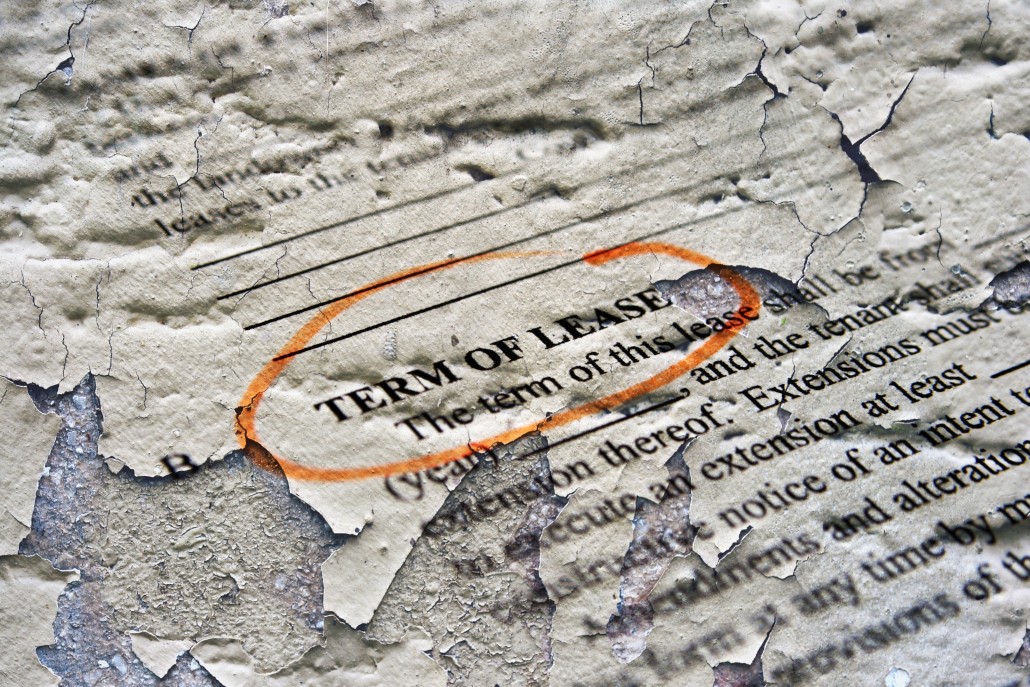One month into Adam’s lease he starts to notice maintenance and/or safety issues with the house he is renting. After a rainstorm, Adam finds a few leaks in the ceiling. The windows in his house do not close all the way, and he was electrocuted once when turning on the garage light. He then begins to have respiratory issues and notices mold in the den and bathroom ceilings. Adam notifies his landlord of these problems and the landlord assures Adam the issues will be fixed promptly. Several maintenance professionals come to the house but do nothing significant. Days or weeks pass and, despite repeated assurance from his landlord, Adam begins to have concerns these repairs will never be made. Can Adam force his landlord to address and fix the maintenance problems? Is he allowed to break his lease and seek alternative housing?
When a landlord fails to provide a service that he is legally obligated to provide, or the landlord engages in acts or omissions that render the tenant premises uninhabitable, a tenant is deemed to have been constructively evicted. In other words, when a landlord fails to undertake an express or implied duty under the lease or as required by statute, the tenant may be justified in abandoning the premises.
While there are no black and white guidelines for determining a constructive eviction, North Carolina law imposes certain duties upon landlords, which cannot be eliminated in a lease. These duties require landlords to provide a “fit premises” by complying with current building and housing codes, keeping all common areas in “safe condition,” maintaining and promptly repairing all electrical, plumbing, heating and air conditioning, and providing operable smoke alarms, among other things.[1] The statutes also require landlords to “repair or remedy any imminently dangerous conditions” within a reasonable time after receiving notice, based upon the severity of the condition.[2] Examples of imminently dangerous conditions are: unsafe wiring, unsafe flooring or ceilings, lack of operable locks on windows and doors, toilet or shower plumbing problems, lack of operable heating or cooling facilities, and excessive standing water or flooding that contribute to infestation or mold. This is not an exhaustive list, though, and the existence of an imminently dangerous condition may be dependent upon the facts of the individual situation.
To make a claim for constructive eviction the tenant must actually abandon the premises within a certain time after the occurrence of the act or omission giving rise to the eviction. Prior to abandonment, the tenant is required to provide the landlord with actual notice of the maintenance issues and allow the landlord a reasonable amount of time to fix the problems. “Reasonableness” is highly dependent upon the severity of the situation and other facts giving rise to the problems.
Unfortunately, a defense of constructive eviction is often a gamble. If successful, the tenant can be allowed to break the current lease, recover past rent payments, and possibly pursue legal claims against the landlord. If unsuccessful, a tenant could be responsible for paying on two leases and/or paying the landlord significant damages for breaking the original lease. For these reasons, it is important to consult with a professional about your particular situation to ensure a claim for constructive eviction is justified by law and fact.
[1] N.C.G.S. Article 5 § 42-42.
[2] N.C.G.S. § 42-42(a)(8).




